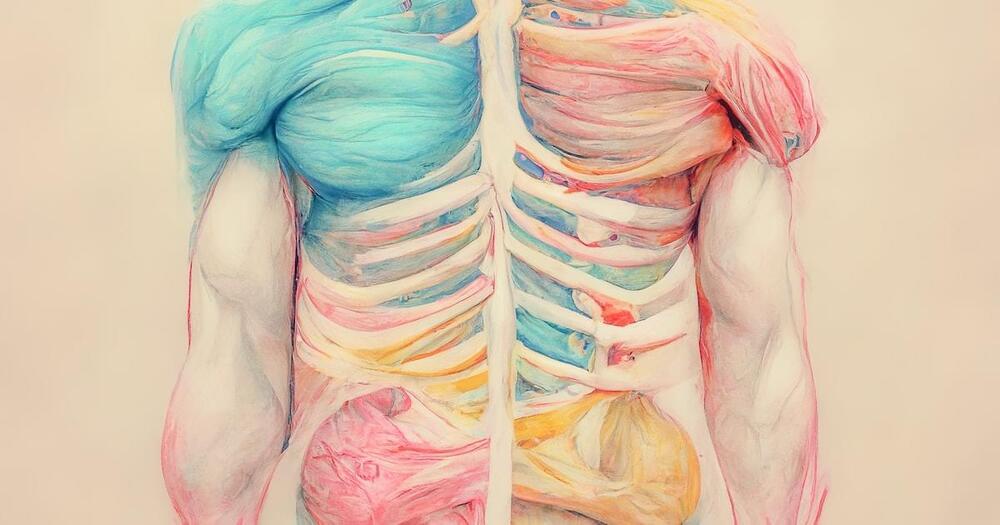A new study sheds light on the darkness of black holes at the center of galaxies.


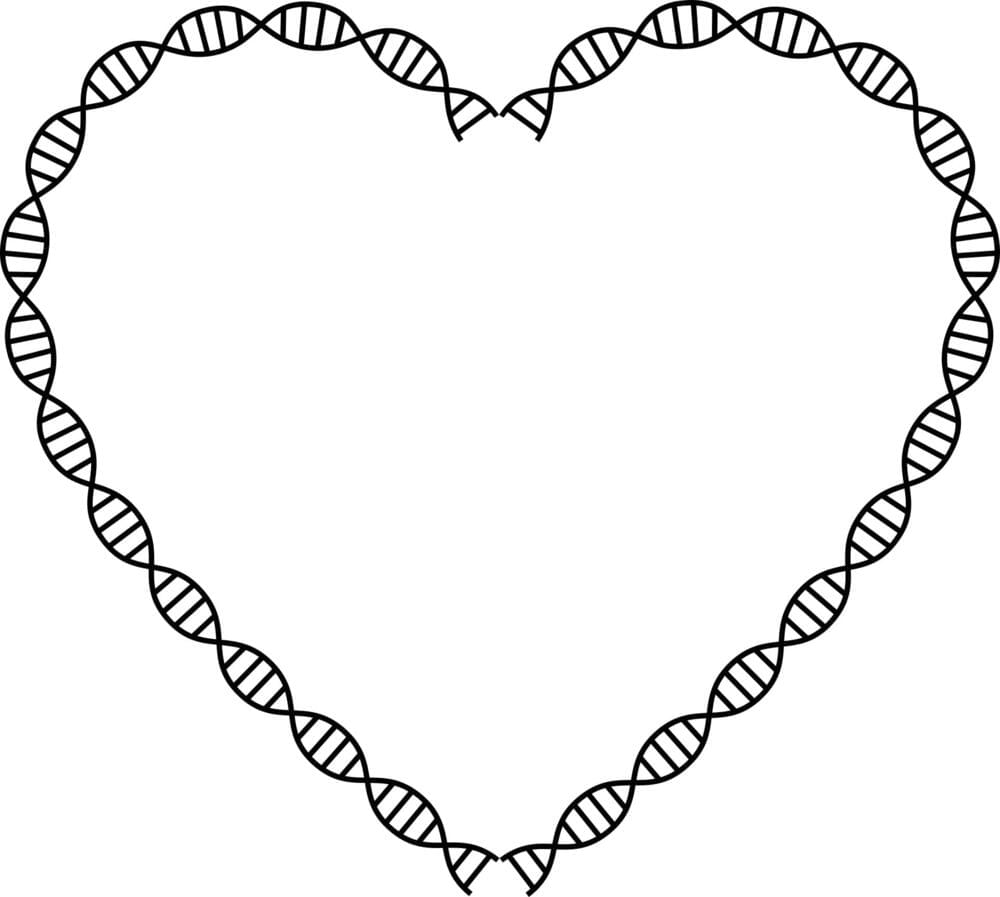
By ten years.
An anti-aging gene discovered in a population of centenarians has been shown to rewind the heart’s biological age by 10 years. The breakthrough, published in Cardiovascular Research and led by scientists at the University of Bristol and the MultiMedica Group in Italy, offers a potential target for patients with heart failure.
Associated with exceptional longevity, carriers of healthy mutant genes, like those living in blue zones of the planet, often live to 100 years or more and remain in good health. These individuals are also less prone to cardiovascular complications. Scientists believe the gene helps to keep their hearts young by protecting them against diseases linked to aging, such as heart failure.
In this new study, researchers demonstrate that one of these healthy mutant genes, previously proved particularly frequent in centenarians, can protect cells collected from patients with heart failure requiring cardiac transplantation.
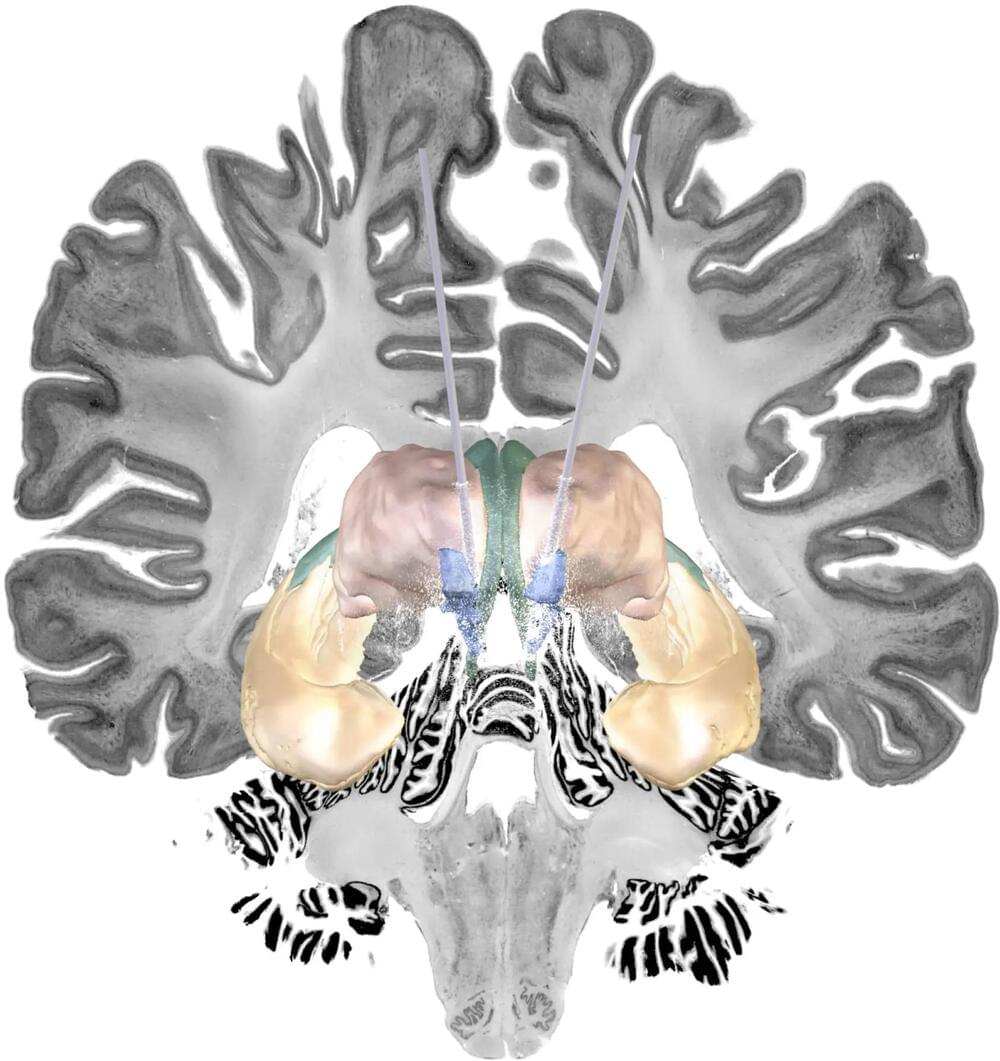
Alzheimer’s disease, which is the most common form of dementia, is challenging to treat. A possible therapy is deep brain stimulation delivered by a pacemaker-like device. A team of researchers from Charité – Universitätsmedizin Berlin discovered that stimulating a specific network in the brains of Alzheimer’s patients can decrease their symptoms. The study, published in the journal Nature Communications.
<em>Nature Communications</em> is a peer-reviewed, open-access, multidisciplinary, scientific journal published by Nature Portfolio. It covers the natural sciences, including physics, biology, chemistry, medicine, and earth sciences. It began publishing in 2010 and has editorial offices in London, Berlin, New York City, and Shanghai.


Escucha Sound of the Hunga Tonga Volcanic Eruption de European Space Agency en #SoundCloud
One year ago, the Hunga Tonga-Hunga Ha’apai volcano erupted, causing widespread destruction to the Pacific Island Nation of Tonga. It spewed volcanic material up to 58 km into the atmosphere, brought a nearly 15 m tsunami that crashed ashore, destroying villages, and created a sonic boom that rippled around the world – twice. Even one year on, interest in the extraordinary explosive eruption remains. A sound artist has recently recreated the sonification of the underwater volcanic eruption using rayleigh signal intensity data provided by the Aeolus Virtual Research Environment platform. Using wind data obtained on one of its overpasses over the ash cloud of the Hunga Tonga explosion, Jamie Perera used an audio sample of one of the shock waves, time-stretched it into a ghostly tone, and assigned it to harmonic values transcribed from 90 Aeolus readings taken over a duration of approximately 15 minutes. The listener hears one reading every two seconds, in a harmonic range that spans six piano octaves, the highest of which can be heard at around 01:18 minutes when the readings show the eruption’s dust plume at its highest peak (over 20.5 km). The artistic intention behind the sonification was to evoke the otherworldly landscape of Hunga Tonga and other volcanoes. Sonification credit/copyright: @jamieperera (2023). Used by permission. Data and guidance provided by Daniel Santillan. Thanks to Peter Bickerton and Jemma Foster. Originally created as part of Wild Alchemy Journal — Air Edition — Aeolus.
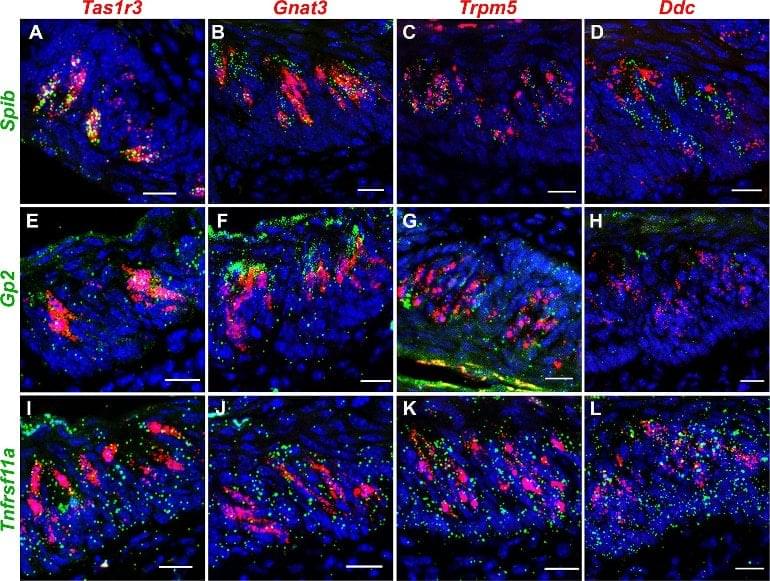
Summary: A subset of taste cells may play a key role in the body’s immune response to harmful oral microbes. The findings could help taste loss associated with infections, aging, and dysregulation of the oral microbiome caused by chemotherapy.
Source: University of Nebraska Lincoln.
Taste cells are heavily exposed to the microbes in the mouth, but their role in helping the body respond to those microbes has not yet been studied in detail.

Dark matter remains one of the greatest mysteries of modern physics. It is clear that it must exist, because without dark matter, for example, the motion of galaxies cannot be explained. But it has never been possible to detect dark matter in an experiment.
Currently, there are many proposals for new experiments: They aim to detect dark matter directly via its scattering from the constituents of the atomic nuclei of a detection medium, i.e., protons and neutrons.
A team of researchers—Robert McGehee and Aaron Pierce of the University of Michigan and Gilly Elor of Johannes Gutenberg University of Mainz in Germany—has now proposed a new candidate for dark matter: HYPER, or “HighlY Interactive ParticlE Relics.”
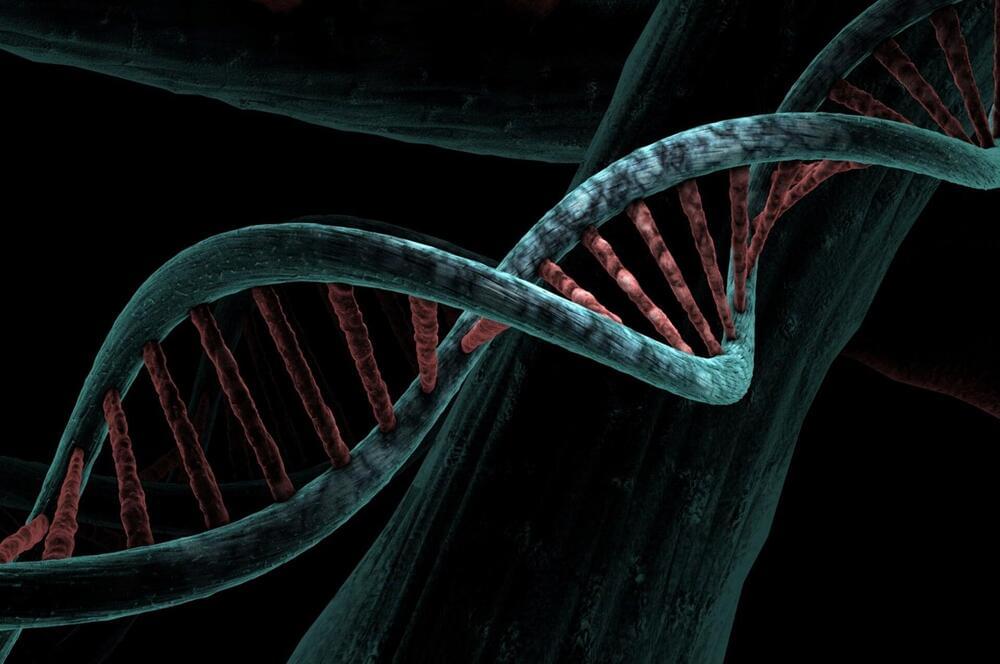
Many life-saving drugs directly interact with DNA to treat diseases such as cancer, but scientists have struggled to detect how and why they work—until now.
In a paper published in the journal Nature Biotechnology, University of Cambridge researchers have outlined a new DNA sequencing method that can detect where and how small molecule drugs interact with the targeted genome.
“Understanding how drugs work in the body is essential to creating better, more effective therapies,” said co-first author Dr. Zutao Yu from the Yusuf Hamied Department of Chemistry. “But when a therapeutic drug enters a cancer cell with a genome that has three billion bases, it’s like entering a black box.”
Chapter 1: 0:00 — 25:49
Chapter 2: 26:00 — 43:44
Chapter 3: 43:55 — 1:25:36
Chapter 4: 1:25:48 — 1:49:50
Chapter 5: 1:50:00 — 2:17:16
Chapter 6: 2:17:27 — 2:49:22
Chapter 7: 2:49:29 — 3:19:09
Chapter 8: 3:19:32 — 3:52:27
Chapter 9: 3:52:38 — 4:01:57
Chapter 10: 4:02:04 — 4:13:39
Chapter 11: 4:13:48 — 4:47:54
Chapter 12: 4:48:03 — 5:12:22
Chapter 13: 5:12:32 — 5:32:24
Chapter 14: 5:32:33 — 5:50:33
Chapter 15: 5:50:42 — 6:05:56
Chapter 16: 6:06:06 — 6:30:30
Chapter 17: 6:30:40 — 6:50:40
Chapter 18: 6:50:49 — 7:25:54
Support Steve on Patreon.
https://www.patreon.com/SteveParker.
Audiobooks + merch available for purchase.
www.SteveParkerAudiobooks.com.
Drop a tip in Steve’s Paypal tip jar.
www.paypal.com/paypalme/SteveParker75
Check our most popular books:
1984 complete dramatised audiobook https://youtu.be/CBPNrVQwqeo.
Animal Farm complete dramatised audiobook https://youtu.be/rMRoG6jc1kA
Consider subscribing — less than 10% of my listeners are subscribed.
